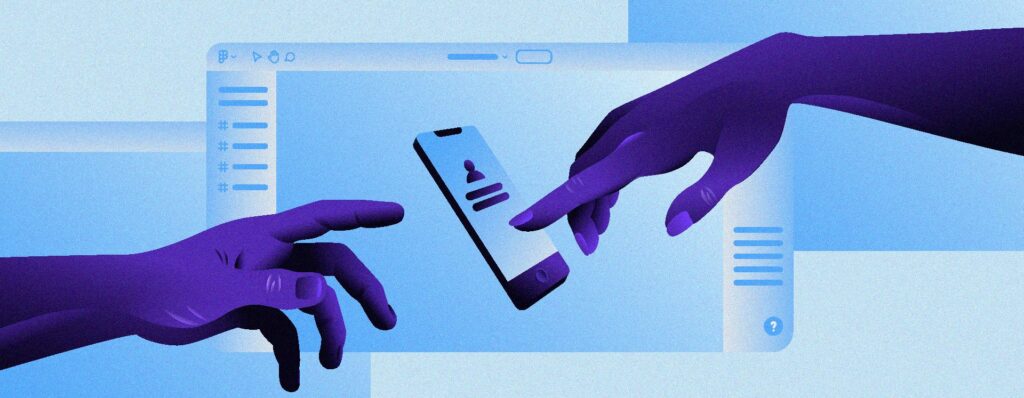From junior to leader: Three tips for a budding UX designer
Imagine this: You’ve just started your job as a junior UX designer and, like everyone else, you’re looking to climb up the ladder. Meeting your boss’s expectations is not only a must, but it will ensure your success in the job role. But how to achieve this?
This blog will mention essential factors one must consider to pave their way into leadership roles as a designer. These include working to requirements effectively, encompassing a rounded set of skills, and efficient time management skills.
Working to requirements
The #1 skill a junior designer needs to prove is working to requirements. This means having an in-depth understanding of client needs and then successfully translating those requirements into design.
At the middle designer level, responsibilities shift. Middle designers are responsible for clearly defining and framing requirements.
Meanwhile, senior designers are responsible for major discoveries. When it comes to having a global workflow, they understand the need for more facilitators and coordinators throughout multiple teams. Not only are they more involved in understanding client requirements and seamlessly turning them into design, but they tend to contribute less to the actual design interface and instead focus more on research. The main goal of a senior designer is to discover more options and have maximum engagement with stakeholders. They also start to work with budget clients.
Rounded skill set
For a junior designer, proficiency in a broad range of UX design skills is desirable. Competency in and knowledge of Design Thinking tools; research knowledge; and visual design flair form the foundation of a successful UX designer. UX designers should also have a grounding in:
- Prototyping
- Wireframing
- Visual design software
- Research and usability testing
- Information architecture
- Application development
As a UX designer takes on more responsibility, skills don’t become less important, but instead, focus shifts. Activities like user research or stakeholder engagement and discovery will begin to occupy more attention than the user interface (UI) itself.
There will come a time to decide whether to follow an expert track or managerial track. The expert track will see you lead in a particular aspect of design that you’re strong in; while the managerial track involves, like it sounds, managing a team.
Time management
UX design leaders tend to have busy agendas packed with client meetings and internal and other team meetings, among other commitments. Having their agenda booked for them can become challenging to manage, making it difficult to take time out for their design work. It’s common for design leaders to reach the end of the day and feel like they still need to do eight hours of their own design work.
This is where their time management skills come into play.
UX design leaders know how to allocate their time in the right places and don’t hesitate in saying no. They prioritize their tasks according to urgent and important assignments, but naturally, they first cater to the urgent ones first.
Concluding thoughts
While there may be no definite path to design leadership, the role entails certain engagements and prioritizing not every designer might be ready for or keen to do. For junior designers looking to enter the world of design leadership, it’s vital to understand what the role may ask of them and how much they will be able to offer it personally.
Find out how Windmill Digital’s digital product design services can accelerate your product strategy, contact us here!




